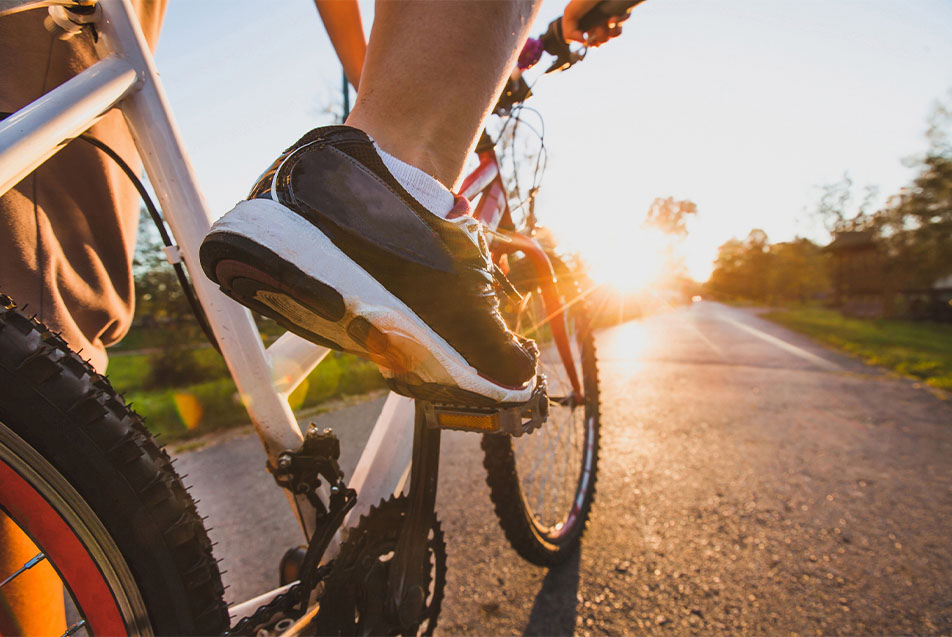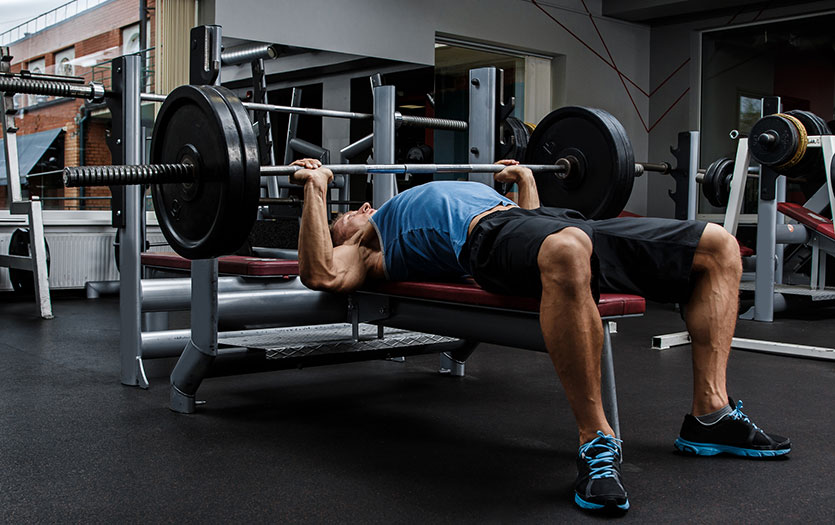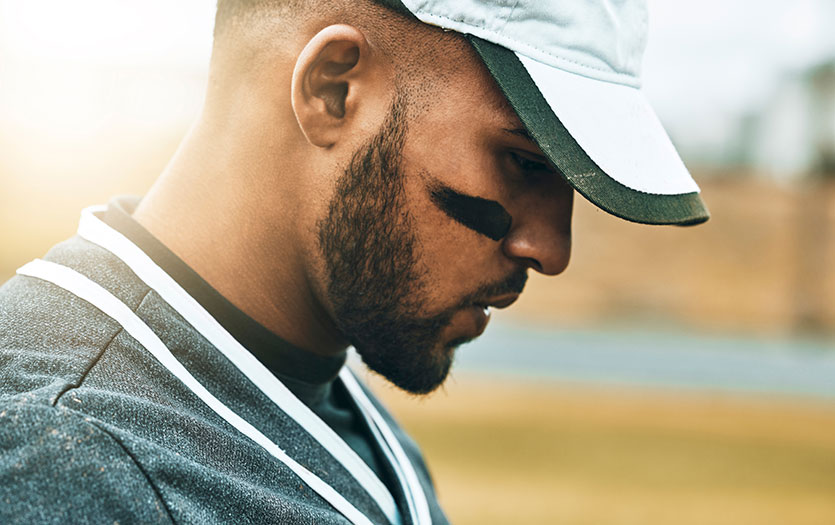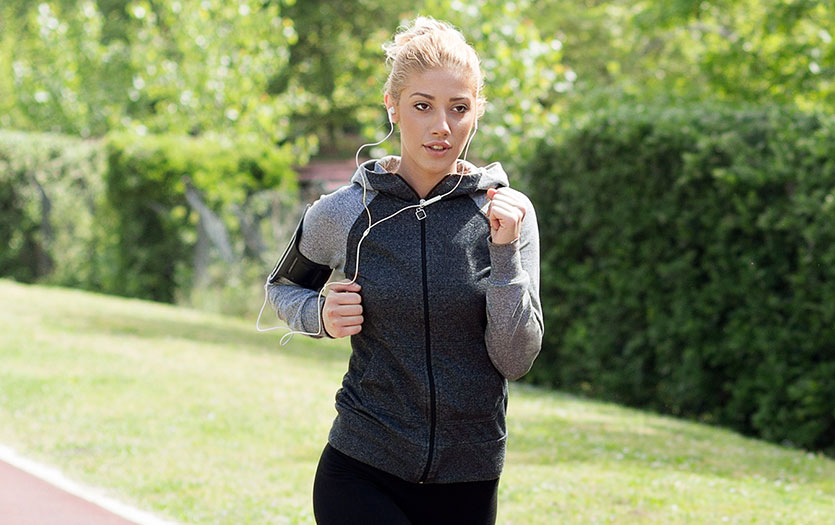
Mackenzie Clark, MS, LAT, ATC, athletic trainer, Parkview Sports Medicine, stops by to rave about one of our favorite fair-weather sports and offer some much-needed stretching recommendations.
There’s nothing more enjoyable than a beautiful summer day and a bike ride with friends or family to clear your mind and improve your physical health. Whether you are a professional competitor, a weekend warrior, or just enjoying an evening ride with your children, cycling truly benefits your overall well-being in a big way.
First, cycling improves your cardiovascular endurance. When cycling at a moderate to high intensity, you elevate your heart rate, which demands more oxygen and energy from the body. Your heart will pump more blood to the muscles, causing your heart to become stronger. This increases your overall cardiovascular endurance. Also, when cycling at a moderate to high intensity, you are able to burn a significant amount of calories. Calories burned are determined by your weight, gender, age, intensity of the exercise and duration of the exercise. So, cycling on a hilly road at a moderate intensity for 45 minutes will burn more calories than cycling on a flat road at a low intensity for 20 minutes.
Cycling is also a great way to strengthen your lower body muscles. While peddling, you are flexing and extending at your knee as well as flexing and extending at your hip to push and pull the pedals in a circular motion. As you push and pull, the quadriceps, hamstrings, glutes and hip flexors are all activated. Also, as you pull your foot forward and backward on the pedals, you are activating your calf muscles. Having a strong core will help your stabilization on the bike as well as decrease any upper body movement. The less upper body movement, the more efficient your lower body movement and the more power and speed you will have on your bike.
Another benefit to cycling versus other forms of exercise is that it’s a low impact exercise. Cycling is great for the joints! Because of this, physicians, physical therapists, strength and condition specialists, and/or athletic trainers may recommend cycling when returning to sport or activity from an injury. Cycling is also great for runners, basketball players and volleyball players who need to cross train because it gives the joints a break from high impact activity.
Last but not least, cycling is great for the environment. Instead of driving to work, school or to the store, you can get some exercise, strengthen your heart and your lower body muscles, and decrease pollution!
Don’t forget to stretch.
It’s important to stretch before and after your bike ride to keep muscles healthy. Try these stretches before heading out on your next cycling adventure:
- Hamstring stretch. Lie on your back with one leg extended on the ground and the other leg extended in the air. Place your hands behind your leg that is extended and interlace your finger behind your thigh. Hold for 15 seconds then rest. Repeat 2 more times. Then repeat on other leg.
- Quad stretch. Hold on to a chair while standing. Bend one knee, bringing your heel toward your buttocks. Hold your shoe strings or ankle with your hand. Hold for 15 seconds then rest. Repeat 2 more times. Then repeat on other leg.
- Glute stretch. Lie on your back and bend one leg. Straighten your opposite leg and raise it toward the sky. Put the foot of your bent leg on the knee of your straight leg. Pull your straight leg towards your chest. Hold for 15 seconds then rest. Repeat 2 more times. Then repeat on other leg.
- Hip flexor stretch. While kneeling on one leg, place your hands on your hips and drive your hips forward. Hold for 15 seconds then rest. Repeat 2 more times. The repeat on the other leg.
- Calf stretch. In a lunge position, keep your back leg straight and your front leg bent. While keeping your back leg straight, try to press your heel to the ground. Hold for 15 seconds then rest. Repeat 2 more times. Then repeat on the other leg.
Resources:
Http://www.livestrong.com/article/105668-exercises-improve-cardiovascular-endurace/
Http://triathlet-europe.competitor.com/2015/05/01/target-the-primary-muscles-used-in-cycling



